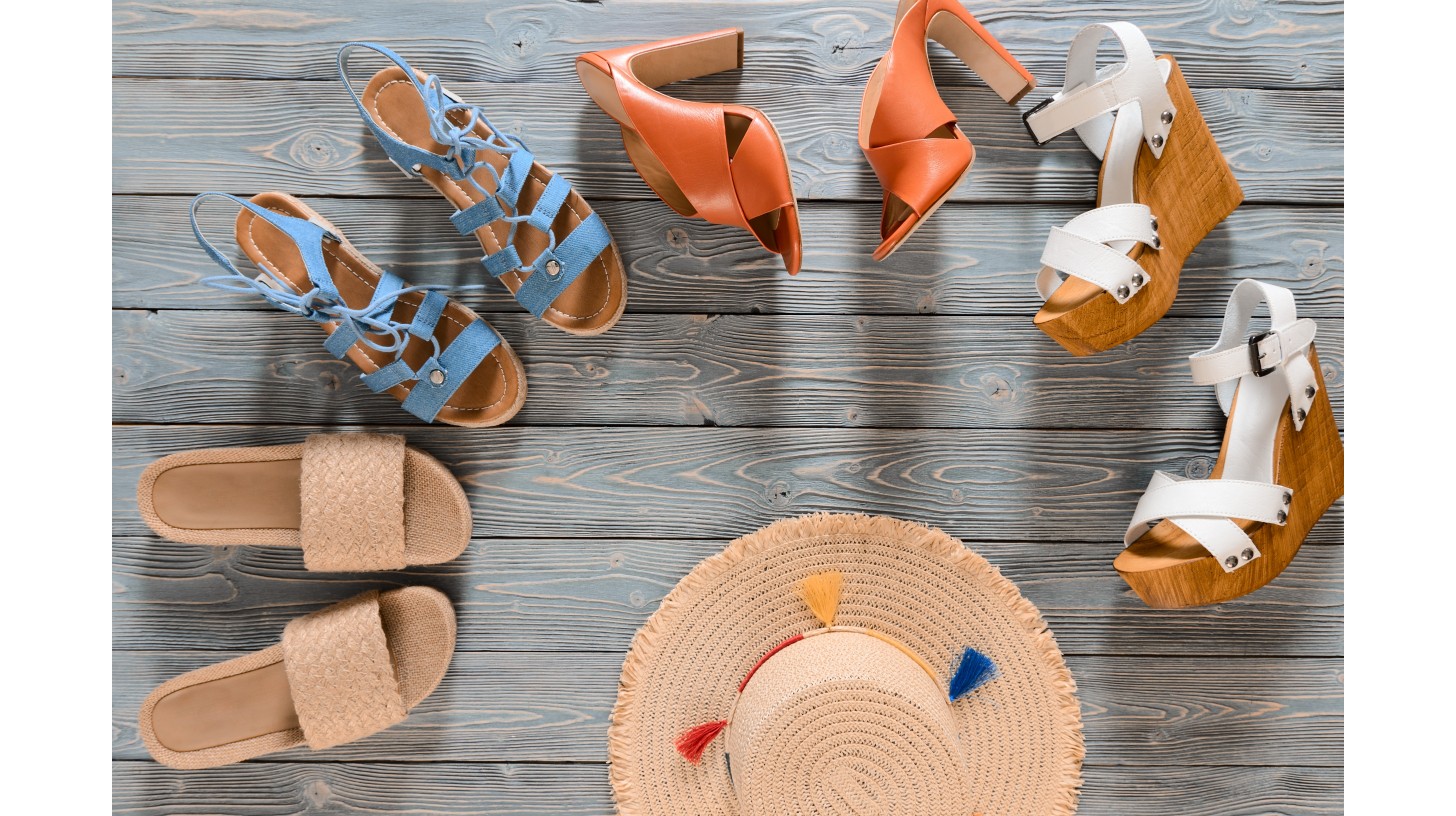Why Breathability Matters in Summer Footwear
Introduction to the Importance of Breathable Footwear
As summer approaches and temperatures rise, our feet are often the first to feel the heat. Breathable footwear becomes essential; not just for comfort, but also for the health of your feet. Whether you're strolling in the park, exploring the city, or spending long hours outdoors, the right shoes can make a world of difference. This guide explores why breathability is so important during warm weather, how it contributes to overall foot health, and what materials and technologies you should look for.
What Is Breathability in Footwear?
Breathability refers to how well a shoe allows air to circulate around your feet. It’s the ability of the material to let moisture escape while drawing in fresh air. This feature is especially important during summer, when sweating increases and shoes can become warm and humid. Breathable footwear helps regulate temperature, reduces the risk of skin irritation, and creates a more pleasant walking experience.
Why Is Breathability Crucial in the Summer?
In summer, your feet naturally sweat more. Without airflow, this moisture gets trapped, increasing discomfort and the likelihood of problems such as blisters, odour, and fungal infections. Breathable shoes allow hot air and water vapour to escape while letting cool air in. This promotes a drier, fresher environment inside the shoe.
Health Benefits of Breathable Shoes
- Reduces fungal infections: Drier environments discourage the growth of fungi.
- Prevents blisters and sores: Less moisture means less friction.
- Controls foot odour: More airflow reduces bacterial growth.
- Improves long-term comfort: Your feet stay cooler and less irritated during long walks.
Additional Comfort for Sensitive Feet
People with diabetes, sensitive skin, or circulation issues may benefit especially from breathable shoes, as these conditions can worsen with overheating or prolonged moisture exposure.
How Breathable Materials Work
Breathable shoes rely on smart materials and design. Common breathable technologies include mesh fabrics, moisture-wicking linings, and perforated soles or uppers. These elements work together to promote air circulation and moisture evaporation.
Airflow and Ventilation
Shoes with built-in ventilation, such as mesh panels or engineered air channels, encourage continuous airflow. This not only improves comfort but also protects your feet from overheating in warm or humid conditions.
Moisture-Wicking Properties
Many shoes now use linings or sockliners made with moisture-wicking fabrics like bamboo fibres or technical textiles. These materials draw sweat away from the skin and towards the outer layer of the shoe, where it evaporates.
Traditional vs. Modern Breathable Shoe Materials
Traditional materials like leather or polyurethane have their merits but often lack sufficient ventilation. Modern footwear increasingly uses synthetic meshes, technical knits, and microporous membranes that offer much higher breathability.
Technological Innovations in Breathable Footwear
Thanks to continuous innovation, breathable shoes now offer comfort without compromising durability or style.
Microporous Membranes
These materials contain tiny holes small enough to block water droplets but large enough to allow vapour through. Gore-Tex and C-Shell are two leading examples, often used in athletic and outdoor shoes.
Engineered Meshes and 3D Knits
These materials are tailored for specific zones of the foot. For example, mesh areas might be placed where the foot sweats most, while denser material reinforces high-stress zones.
Benefits of Lightweight and Breathable Shoes
Light shoes with breathable construction offer double the benefit—reduced fatigue and maximum ventilation.
Lightweight Sneakers and Summer Sandals
Options like mesh sneakers or airy sandals reduce the effort needed for every step and keep your feet cool. These are ideal for long walks, travel, or everyday errands in the summer.
Moisture-Wicking Footwear and Odour Control
Dry feet smell better. Moisture-wicking technologies play a key role in limiting bacteria growth and controlling odour, especially important for extended wear during hot days.
Choosing the Right Summer Footwear
To select breathable footwear, focus on three factors: fit, support, and materials.
Shoe Fit and Comfort
Shoes that are too tight limit airflow and increase friction. Try shoes later in the day when your feet are naturally more swollen. Choose a model that allows some air space while staying secure on the foot.
Support and Cushioning
Breathability doesn’t mean compromising support. Look for shoes with cushioned midsoles, especially if you suffer from plantar fasciitis or heel pain.
Plantar Fasciitis and Breathability
Shoes that are both breathable and supportive help manage plantar fasciitis symptoms by reducing heat buildup and maintaining arch support during long days.
Customer Reviews
When buying online, read reviews focused on comfort in hot weather or mentions of foot sweat. These give real-world insight into how the shoe performs during summer wear.
Final Thoughts: Walk Smarter This Summer
Breathable footwear is more than a seasonal preference; it’s a smart choice for your health and comfort. Whether you're heading to the beach, walking through the city, or enjoying a festival, your feet deserve shoes that let them breathe. With the latest innovations in materials and design, it's easier than ever to find stylish, lightweight, and ventilated shoes that support you all summer long.

